Zwift’s Bologna “Time Trial Lap” course is a fascinating study for bike racers due to its layout. A 1-lap race here is split neatly in terms of time with a flat first half and a steep climb for the second half.
But some races cover multiple laps. Additionally, some events here are time trials (no drafting) and some are road races with drafting.
So what’s the best bike frame and wheelset for your Bologna race? After numerous tests, what I’ve found is that the answer is quite straightforward for TT races, but much more “multifactorial” for road races. I’ve broken up the bike recommendations below by race type for this reason.
Note: the conclusions in this post are based on hundreds of test laps completed in controlled conditions. The raw data can be found in this living Google spreadsheet.
Time Trials
If your race is a multi-lap time trial, your choice is easy: go with the most aero setup available. In our tests, any climbing gains made by a lighter frame or wheelset were more than offset by slower speeds on flats and descents.
This includes wheels, where the DT Swiss ARC 62 Dicut Disc is a bit slower than non-disc wheels on the climb, but much faster on the flats, improving your overall time more than any other wheelset.
Read our post on Zwift’s Fastest TT Bike Frames for help selecting a frame. We’ve got a similar post to help you pick your fastest Zwift wheelset.
Three solid TT options:
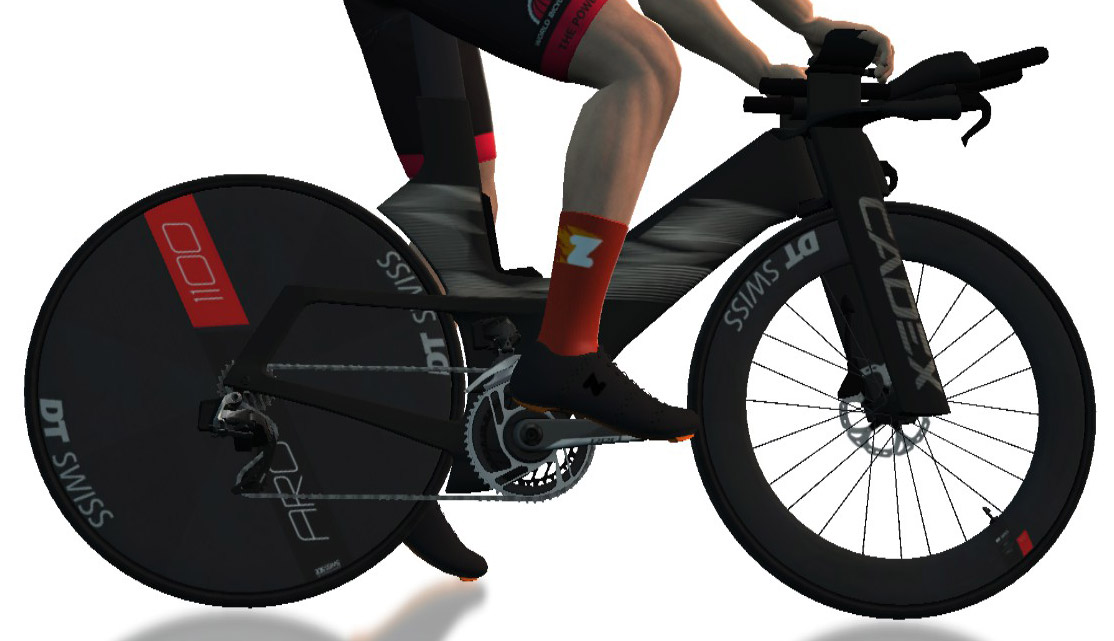
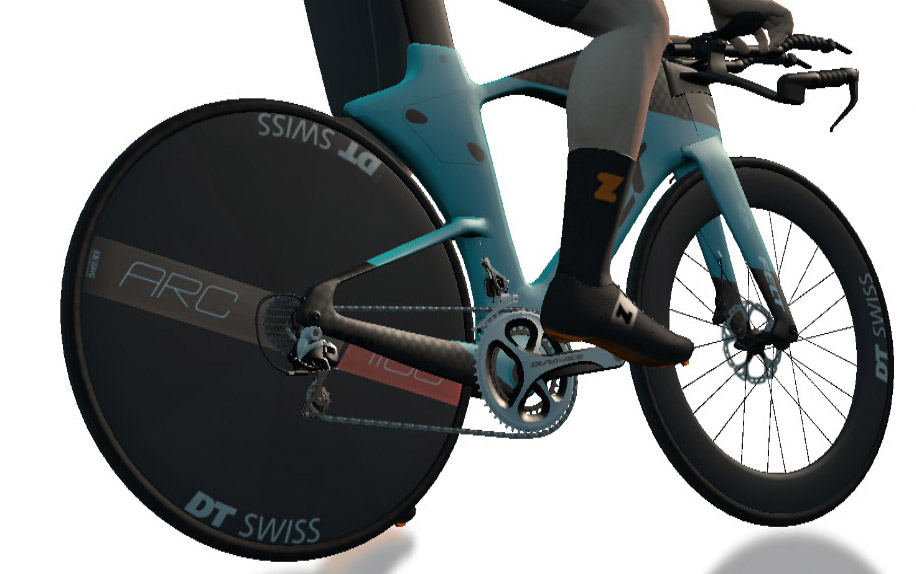
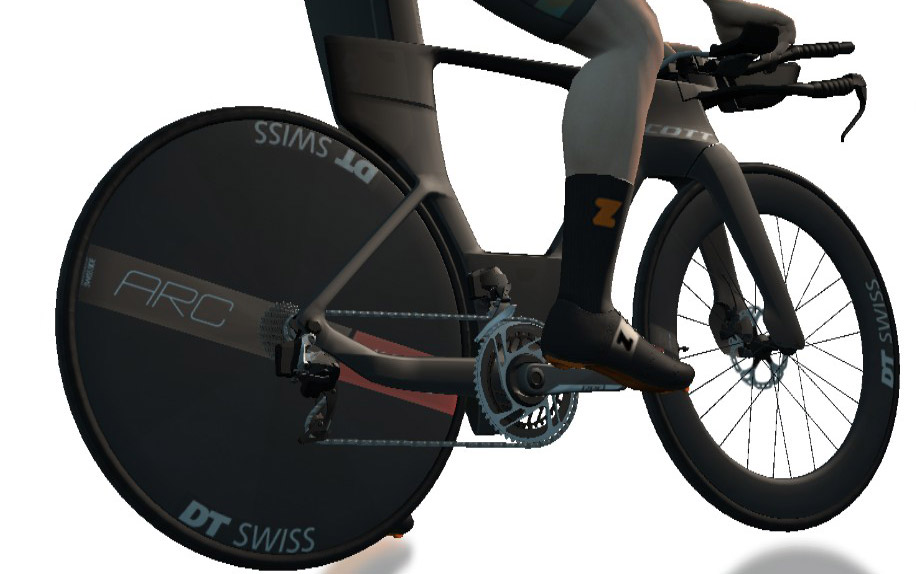
Pro tip: your best overall time is more dependent on pacing than bike choice! Our tests have shown that a smart over/under pacing strategy will shave 25-40 seconds off a steady wattage effort. Read “How to Pace Your Best Zwift Bologna TT Race” for details.
Road Races
Bike selection for a road race (drafting enabled) in Bologna is far more nuanced than a time trial. Here are four key factors in Bologna bike choice which, when combined, should form a solid strategy for any rider.
#1: Hold the Wheel!
Simply put: if you lose the group draft, you’ve lost the race. So before you fixate on the climb at the end of the route, make sure you’re doing everything you can to stay with the front of the race to the base of the climb. Because if you lose the group draft, chances are they will gap you substantially enough that you’ll never see them again! This is even more true on multi-lap races.
#2: How Many Laps?
Closely related to the focus on drafting is the question of lap count. This is a key factor which doesn’t really apply to any other Zwift course apart from Bologna because most Zwift routes are either long one-way routes which are never multi-lapped (think Quatch Quest), or shorter routes which can be looped repeatedly (think Watopia Hilly Route).
One lap of Bologna includes the initial flat and the finishing climb. But two laps of Bologna means the initial flat, the climb, then a descent of the climb, and a return via the flat to the start line. Then you ride the flat and climb once more, finishing at the top!
This means on a two-lap Bologna event you’ll spend a much larger percentage of your time on flat ground or descending compared to a one-lap event. Because of this, having an aero setup makes even more difference in longer Bologna TT events. Put another way, a less-aero lightweight “climber” setup will cost you more on a 2-lap event than it would on a 1-lap event.
#3: Rider, Know Thyself
The better you know your strengths and weaknesses as a rider, the smarter your bike choices can be. Here’s the crucial question which can only be answered after participating in Zwift road races: where do you typically struggle? Do you find it difficult to hold the wheel in a pack on flat ground, but relatively easier to stay with the pack on the climbs? Or perhaps you’re more like me, and sitting in on flat ground is the easy part! (It’s when the road tilts upward that I struggle and get dropped.)
Answer this question and you’ll be well on your way to making a brilliant bike choice for the Bologna TT route. The smartest choice strikes a balance between shoring up your weaknesses and enhancing your strengths. And it does it all with a focus on staying in the group draft, especially on the crucial first flat section. Because if you lose the draft, you’ve lost the race!
Examples:
- Heavier riders will typically perform better on the flat than the climb. They should select a more lightweight setup, but one that is still decently aerodynamic. Keeping the setup fairly aero will help them stay in the draft on the flat, or even push the pace/attack if they’d like. Then the lighter weight will help them get up the climb a bit faster than they would with a heavier, fully aero setup.
- Lighter riders will typically perform better on the climb than the flat. They should select a more aerodynamic setup, which will help them stay with the pack draft on the flat. Staying in the draft is vital, since you want to start the climb still in touch with the front group. Once the climb begins, the lighter rider is in their element, able to push the pace or attack if they’d like.
#4: Trading Seconds
One way I explain equipment selection in Zwift is with the concept of trading seconds. This concept is most at home on a route like Bologna TT, where you have a flat and climb which take roughly the same time to cover. In this situation, you can use our frame and wheel ranking charts to figure out what sort of trade-off you’re making with your equipment choices, at least in a 1-lap event.
Example #1: in our tests, the Zipp 858/Super9 wheels turn in a flat time of 3033 seconds, and a climb of 2980 seconds. Compare those times to the Zipp 858 wheels, which were 3039 seconds on the flat and 2968 on the climb. The 858’s are 6 seconds slower on the flat, but 12 seconds faster on the climb. That’s a good trade, especially if you’re a heavier rider who struggles on the climbs!
Example #2: the Lightweight Meilenstein wheels turned in a flat time of 3072 seconds, and a climb of 2955 seconds. Compared to the Zipp 858’s, the Meilensteins are 33 seconds slower on the flat, and 13 seconds faster on the climb. Not nearly as strong of a trade-off as example #1, but still possibly worth it if you’re strong on the flats and weak on the climbs.
Example #2: the ENVE 8.9 wheels turned in a flat time of 3041 seconds, and a climb of 2974 seconds. Compared to the Zipp 858’s, the ENVEs are 2 seconds slower on the flats and 6 seconds slower on the climb. Since they’re slower on both tests, we have no reason to choose them over the 858’s.
The seconds that we’re trading are really a proxy for effort. So when you choose a wheelset that adds time to your flat section, but removes it from your climb, that means you’ll need to put in more effort on the flats, but less on the climb.
Road Races Recommendations
I’ve broken the final recommendations up by rider type. It’s a gross generalization, of course, but if you struggle on the climbs, look at the “Heavier Riders” selections. If you struggle on the flats, look at the “Lighter Riders” selections. For each rider type, I’ve listed two selection options: play to your strengths or and help your weakness.
“Play to your strengths” will make it easier to sit in on the section you’re most comfortable with (eg, flats for heavier riders), but offers less help at your weak points. “Help your weaknesses” will give you the biggest boost in your weak spot (eg, flats for climbers), but you’ll have to work a bit harder on the course portions that suit you best.
Heavier Riders
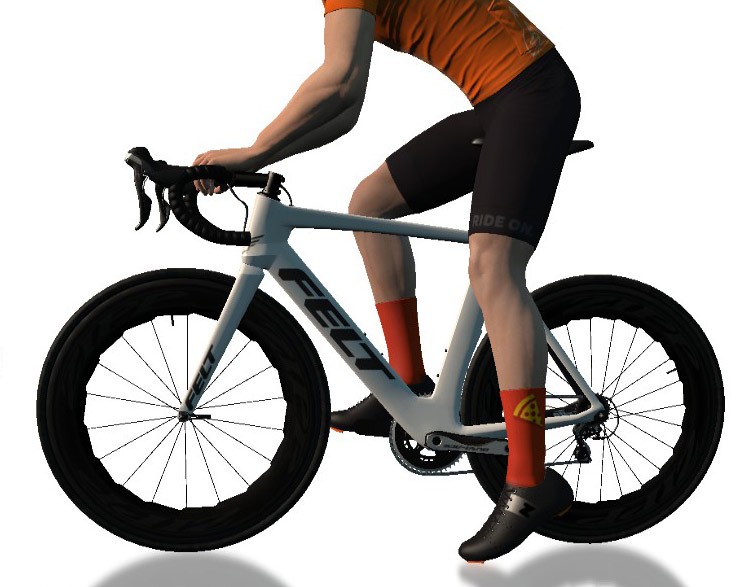
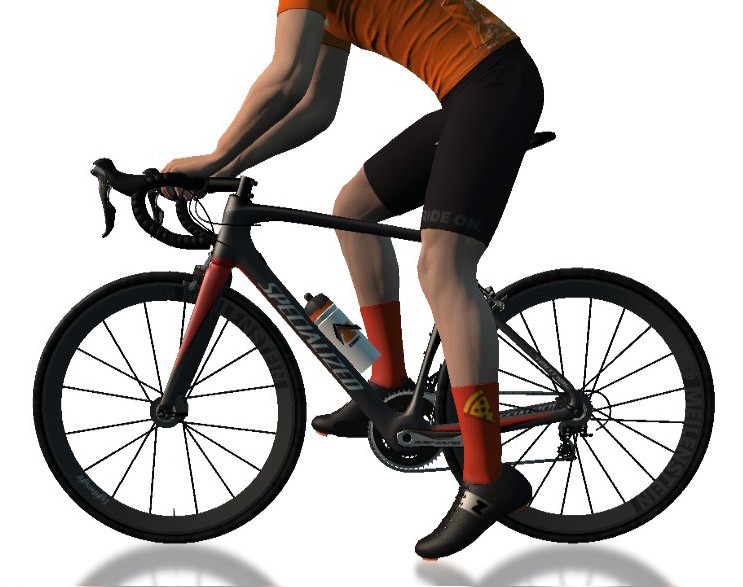
Play to your strengths: go with the most aero frame you can get, plus wheels that are aero but on the lighter side. The Specialized Venge S-Works, Cervelo S5, or Felt AR are all solid frame choices, as is the Tron. (See our fastest frames list for more recommendations.) For wheels, go with the Zipp 858 or 454s which are both a bit lighter than the disc wheels, while still quite aero. If you don’t have either of these Zipp wheelsets, a disc wheelset is your next best option, even if it looks goofy on a road bike.
Help your weakness: go with the lightest frame and wheels. The Specialized Tarmac Pro is the best climber in game. Used with the Lightweight Meilenstein wheels, your flat time would be ~8 seconds longer, but your climb will be ~5 seconds shorter. A decent trade if you find it easy to hang with the pack on the flats!
Lighter Riders

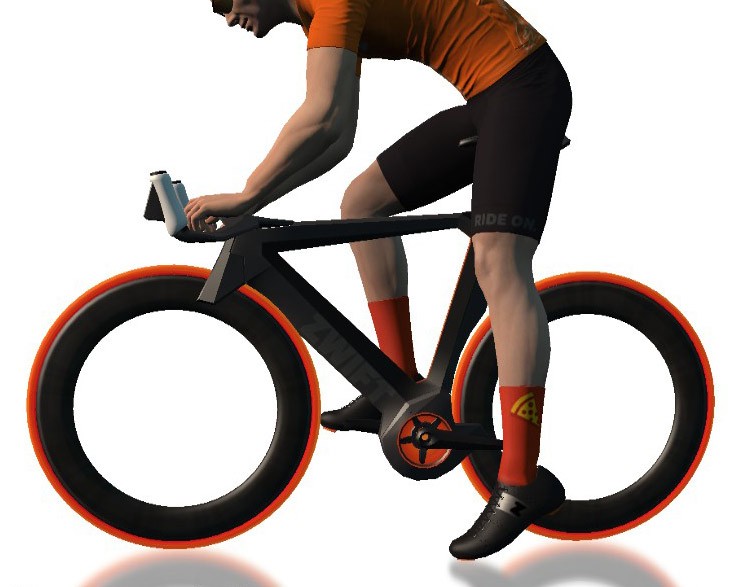
Play to your strengths: go with the lightest frame and wheels. The Specialized Tarmac Pro is the best climber in game. Used with the Lightweight Meilenstein wheels, your flat time would be ~8 seconds longer, but your climb will be ~5 seconds shorter. Only use this setup if you think you can hang with the pack on the flats. If you’re able to do that, this setup will deliver you with a great chance to attack on the climb!
Help your weakness: go with a decently aero frame and wheels that are aero but on the lighter side. The Specialized Venge S-Works, Cervelo S5, or Felt AR are all solid frame choices, as is the Tron. (See our fastest frames list for more recommendations.) For wheels, go with the Zipp 858 or 454s which are both a bit lighter than the disc wheels, while still quite aero. If you don’t have either of these Zipp wheelsets, a disc wheelset is your next best option, even if it looks goofy on a road bike.
Questions or Comments?
I welcome your comments below!
Changelog
- September 23, 2022: added CADEX Tri frame as TT recommendation
- June 19, 2020: added Tarmac Pro frame as a recommendation after running another speed test and realizing the first test’s climb time wasn’t correct. The Tarmac Pro climbs 1s faster than the most aero frames in our 75kg, 300 watts steady tests. So it’s a good choice if you’re looking for the very lightest rig.
